
Strategic Fleet and Network Analysis
Strategic fleet and network analysis go far beyond simply selecting routes. It involves modeling logistical nodes, consolidation points, intermediate hubs, fleet capacities, and demand patterns to optimize cost, delivery speed, and supply chain resilience. Traditionally, transportation designers have focused on determining the optimal placement of regional warehouses, the number of cross-docking stations to operate, the fleet size to allocate, and the management of return routes. Today, in digital commerce, these logistics blueprints integrate predictive demand algorithms, urban coverage segmentation, and digital twin simulation tools to anticipate congestion, seasonal peaks, and operational risks.
When a company operates as an Amazon freight carrier or partners with an Amazon freight forwarder, the network must adapt to Amazon’s strict inbound requirements, including timing, labeling, and compliance. Therefore, strategic analysis must include routing to FBA centers, multimodal strategies, intermediate consolidation points, and real-time demand responsiveness from the marketplace. An optimal network strikes a balance between delivery speed, total logistics cost, and robustness against disruptions.
Fleet dimensioning and utilization are closely interlinked: an oversized fleet incurs unnecessary fixed costs, while an undersized fleet results in delays and costly spot freight. That’s why fleet planning must consider multiple scenarios (low demand, peak demand, route failures) and combine fixed capacity with contracted external resources. Altogether, this phase forms the backbone on which digital forwarders compete globally in the e-commerce logistics market.
E-commerce and Logistical Dynamics
The rise of e-commerce has reshaped logistics. Where large volumes and fixed routes once ruled, today’s logistics must accommodate small shipments, last-mile urban delivery, and the constant pressure for speed. An essential success factor is 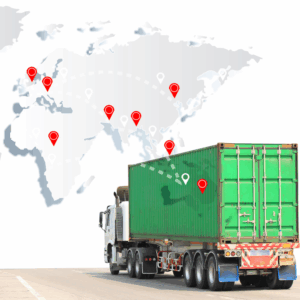
For those acting as digital freight forwarders or Amazon-aligned operators (including freight carriers and forwarders), this ecosystem requires managing not only port-to-port freight but also final-mile delivery with retail-level service expectations. Reverse logistics becomes critical: high return rates demand internal networks for collection, inspection, reintegration into stock, or re-shipment. Poorly designed, these flows can erode profit margins.
E-commerce logistics also require flexibility during peak periods, such as flash sales or promotional campaigns. This calls for scalable operations, backup fleets, and flexible carrier agreements. In this context, digital freight forwarding platforms offer online shipping rates, instant shipping rates, or air freight instant rates, empowering sellers to estimate costs, compare modes, and make informed, data-driven decisions quickly.
The connection between fleet, network, fulfillment, and distribution must be transparent and coordinated. Digital forwarders orchestrate carriers, routes, and warehouses to align with volume, weight, destination, and timing—turning discrete logistics actions into a coherent supply chain designed for modern e-commerce.
A Historical Overview and Analysis of Freight Forwarding
The evolution of freight forwarding reflects a gradual transformation from manual transport agencies to globally integrated digital platforms. Initially, freight agents were simple intermediaries coordinating bookings and documents between shippers and carriers. With the global expansion of trade, the need for standardization (e.g., Bills of Lading), containerization, and multimodal transport has reshaped the industry, reduced port times, and boosted efficiency.
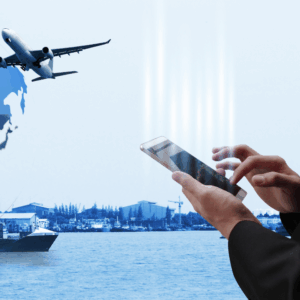
Companies that failed to embrace digitization have struggled, as high manual costs and a lack of operational transparency made it impossible to compete. Today, the industry encompasses both traditional and digital freight forwarders, competing not only on price but also in terms of visibility, integration, and scalability. This historical path now intersects with the demands of Amazon-like business models, where those unable to offer online shipping quotes and seamless digital services risk becoming obsolete.
The Use of Technology in Freight Forwarding
Technology has shifted from being supportive to becoming the operational core of modern freight forwarding. Automating quoting, booking, documentation, and tracking workflows can drastically reduce back-office costs. Digitizing these functions has proven to reduce operational expenses by up to one-third in certain logistics areas.
Today’s leading forwarders rely on artificial intelligence (AI), machine learning, Internet of Things (IoT), blockchain, digital twins, and data analytics to run competitive services. AI predicts demand spikes, optimizes routes, and dynamically manages fleet assignments to ensure efficient operations. IoT devices on containers or trucks monitor location, temperature, and shocks for preventive control. Blockchain enables secure and auditable document flows between stakeholders.
Modern digital platforms enable clients to obtain a freight quote, compare online shipping rates, access air freight rates online, and book freight—all from a single dashboard. The system merges carrier data, fuel surcharges, local tariffs, and 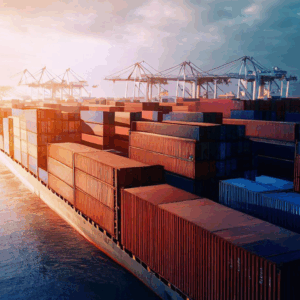
API integration with marketplaces, WMS systems, and internal ERPs ensures the forwarder is not an isolated actor but a core component of the international trade ecosystem. This interconnectivity is what enables the transformative influence and efficacy of digital logistics models over outdated legacy systems.
The Transformative Influence and Efficacy of Digital Freight Forwarding
The digital approach to freight forwarding has redefined the entire value proposition. It elevates operational standards and aligns the supply chain with the pace of global commerce. The emerging efficiency comes from reducing intermediaries, automating workflows, enabling complete visibility, and scaling with minimal friction.
For an Amazon freight forwarder or Amazon freight carrier, this transformation enables full compliance with Amazon’s inbound requirements, including timing, documentation, and labeling. Technology enables forwarders to predict risks, adjust routes in real-time, prevent unexpected charges (such as port surcharges or detention), and offer highly competitive instant shipping rates that sellers rely on for informed decision-making.
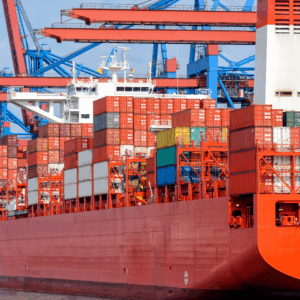
The benefits of this transformation include faster transit times, lower error rates, more efficient fleet utilization, reduced total logistics costs, and significantly improved customer experience. Those who master this transformation are positioned to dominate the future of global trade.
Frequently Asked Questions (FAQs)
What is the difference between an Original Bill of Lading and an Express Sea Waybill?
The Original Bill must be presented to take ownership of cargo and secure commercial control. An Express Seawaybill allows for release without submitting the original document, but surrenders control upon arrival.
What are the differences between LCL ocean and FCL ocean freight?
FCL provides exclusive use of the container, fewer handling operations, and faster transit. LCL consolidates cargo from multiple shippers, ideal for smaller loads but with added handling and potentially longer delivery times.
Which trucking services does ExFreight offer?
ExFreight offers LTL (Groupage), Full Truckload, and Volume LTL services across North America and Europe. The system calculates rates dynamically based on density and cubic volume.
Do you know how I can track my shipment with ExFreight?
ExFreight provides real-time GPS tracking, live map views, email notifications, and comprehensive visibility of the entire shipment lifecycle through its platform.
Do you need a freight forwarder for Amazon FBA?
While not mandatory, a freight forwarder simplifies customs, documentation, and FBA inbound compliance, especially for international shipments.
How does ExFreight provide instant shipping rates?
The platform aggregates carrier data, surcharges, route logic, and handling costs to generate real-time quotes automatically.
Can I compare air and ocean freight options in ExFreight?
Yes. ExFreight’s dashboard enables you to compare air freight services, ocean freight services, and international freight services, providing real-time visibility rates.
How does ExFreight handle documentation & customs?
Upload your invoice, packing list, and export forms—ExFreight handles compliance, customs clearance, and duty estimation seamlessly.
Can ExFreight deliver to Amazon FBA centers?
Yes, ExFreight supports FBA logistics and last-mile delivery in full compliance with Amazon’s shipment standards.
Navigating the complexities of Amazon FBA compliance, LCL vs FCL ocean freight choices, or multimodal routing requires a professional, technology-enabled approach. From strategic fleet analysis to reverse logistics, freight forwarders must integrate digital tools, predictive data, and real-time pricing to compete in today’s marketplace. Platforms like ExFreight deliver this competitive edge through automation, visibility, and global connectivity.
Whether you’re shipping from Germany by air, managing LCL shipments from the UK, or comparing air freight online rates, choosing a digital freight forwarder with the infrastructure and intelligence to support your logistics needs is essential. For a new generation of shippers, digital transformation isn’t just the future—it’s already the standard.

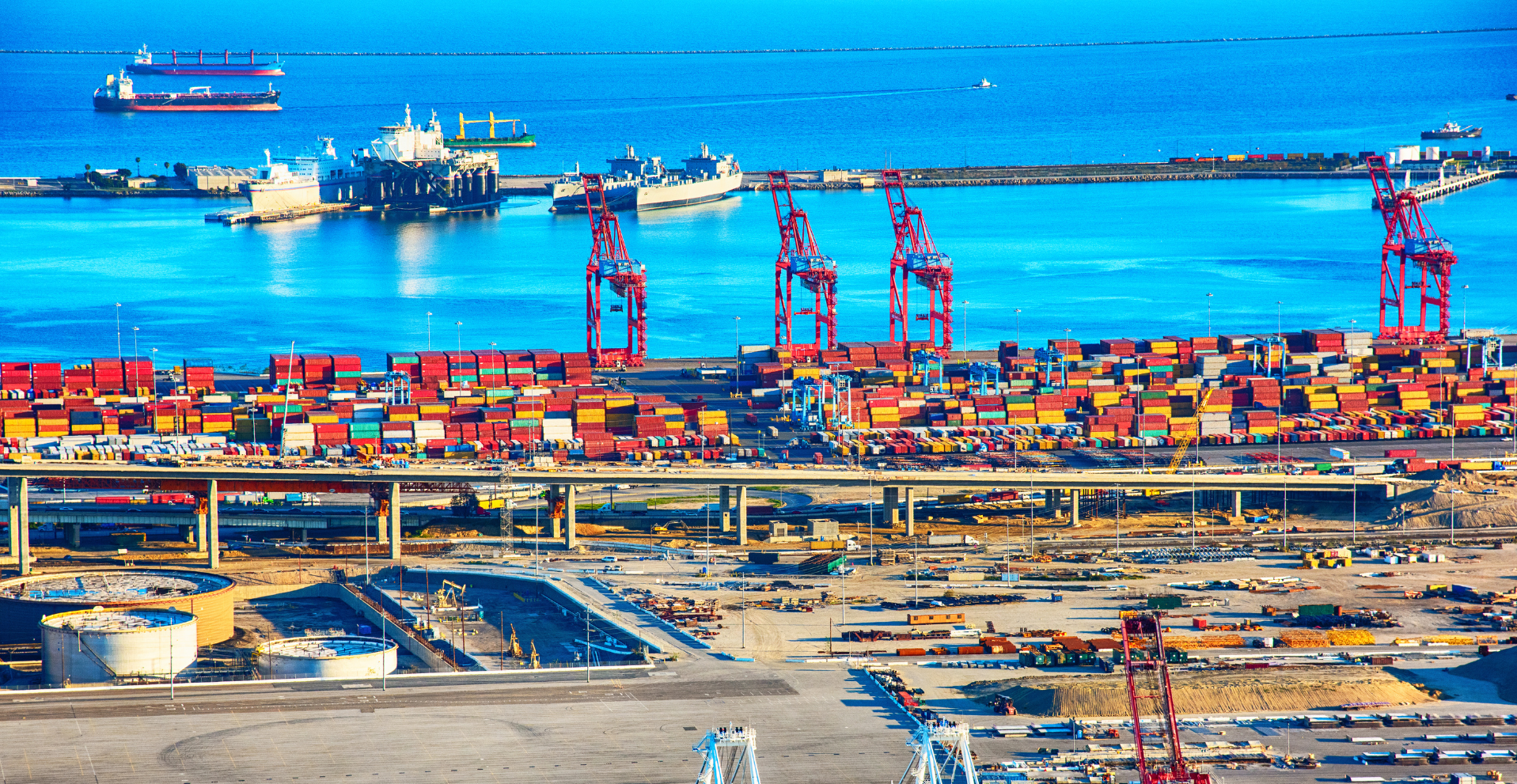
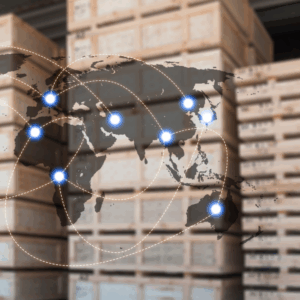

Leave A Comment
You must be logged in to post a comment.